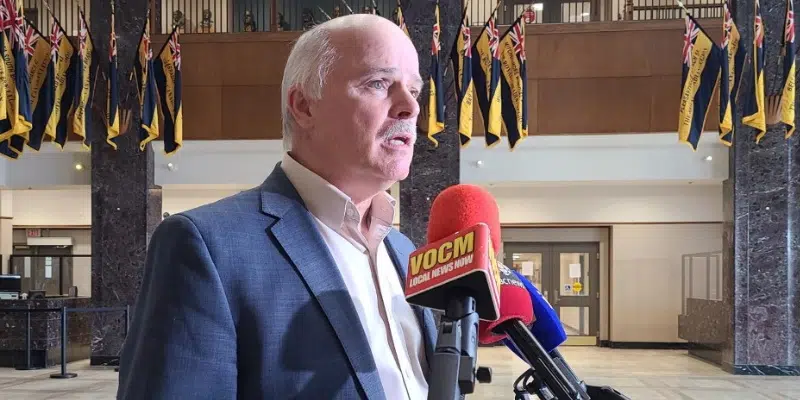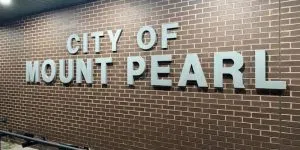A review of post-secondary education in this province recommends a realistic schedule of tuition fees.
Newfoundland and Labrador has some of the lowest fees for higher education in the country and has for some time.
Minister Tom Osborne says such changes would require a great deal of thought and would need to include the proper supports for students.
He does point out though that funding the tuition freeze has not been cheap. Osborne says since 2005 about $700-million of taxpayers’ money has been put into the tuition subsidy. Keeping the freeze for the next year would cost an additional $70-million.
According to Osborne, they need to find the proper balance. He cites the province as having the lowest tuition in the country as well as the highest operating grant per student in the country and questions how much longer those two things will be sustainable.
Meanwhile, the Canadian Federation of Students is disappointed with the Post Secondary Education review.
Students are “furious, but not shocked” to see recommendations to raise tuition. The federation says students have been hit hard by the pandemic with many losing or having difficulty finding employment.
The report, it says, shows that government has “no desire to provide hope or options to young people wanting to call this province home.”
According to the Federation of Students, the average student debt in Newfoundland and Labrador associated with a four-year MUN program is roughly $20,000. They suspect that figure will “skyrocket” if the tuition freeze is lifted, citing the 151 per cent increase in tuition fees back in the 1990s.
That added cost, combined with an economy reeling from the cod moratorium says the federation, led to a surge in youth outmigration at the time. It calls a decision to increase tuition rates short-sighted and not the right way forward.























